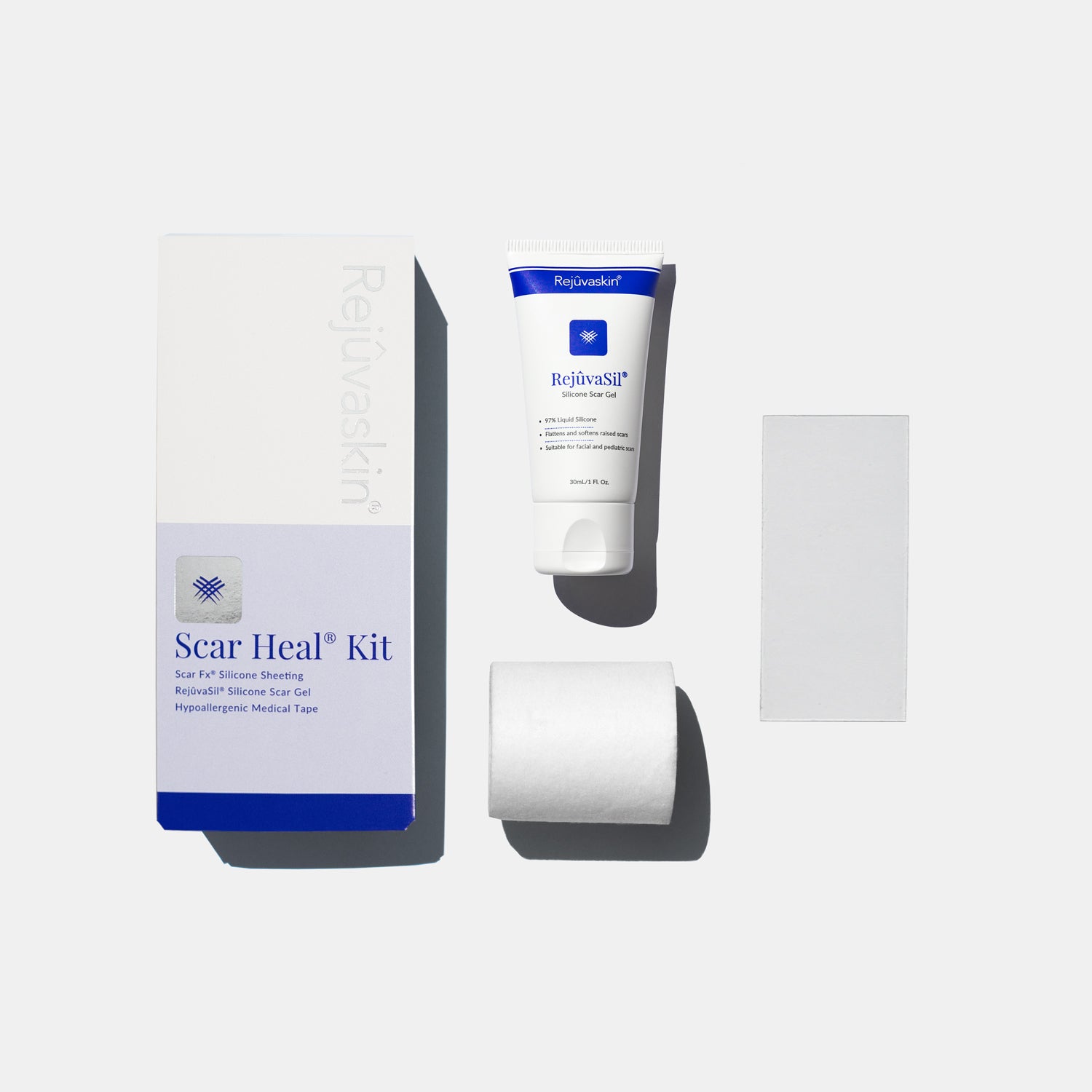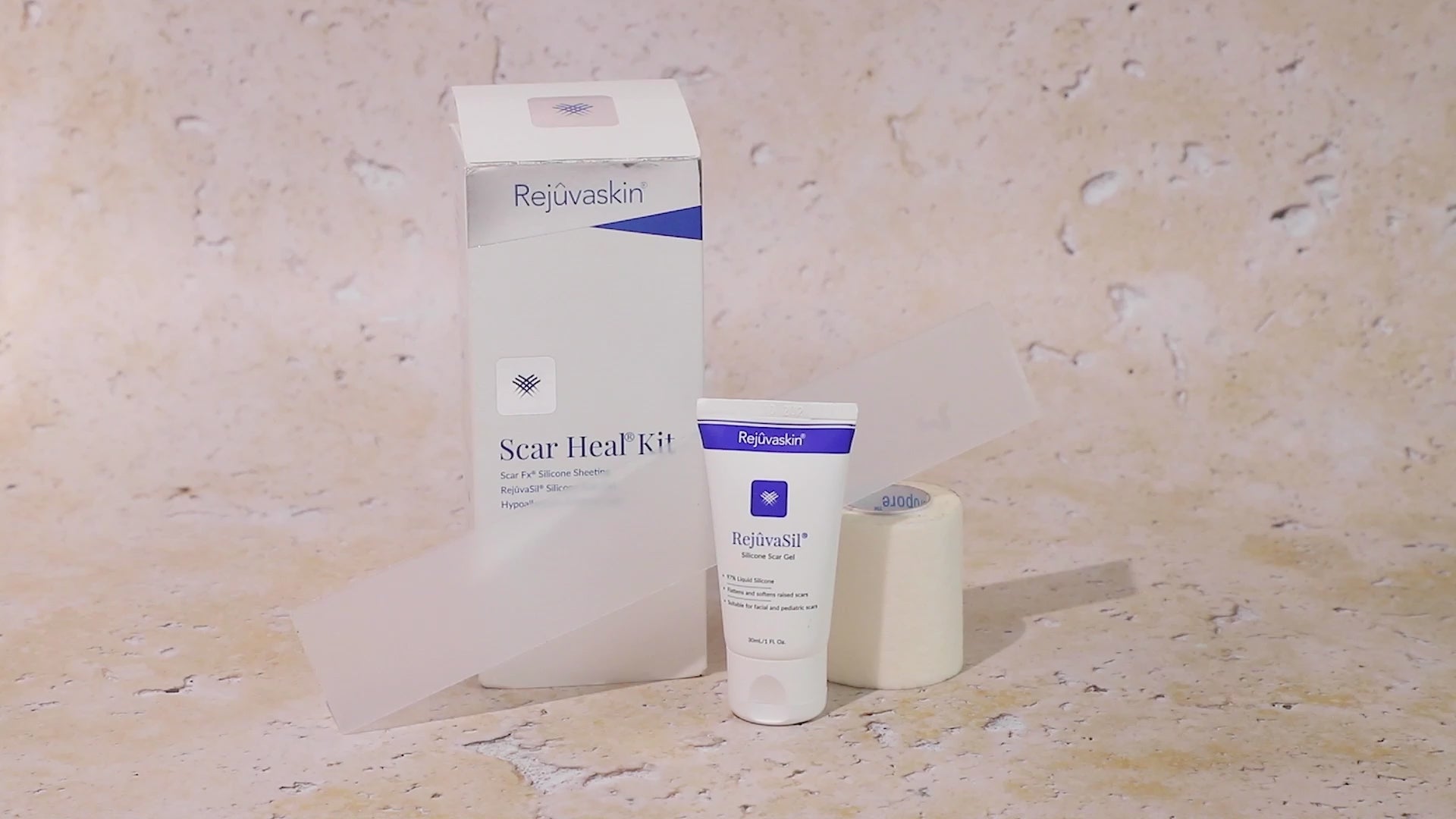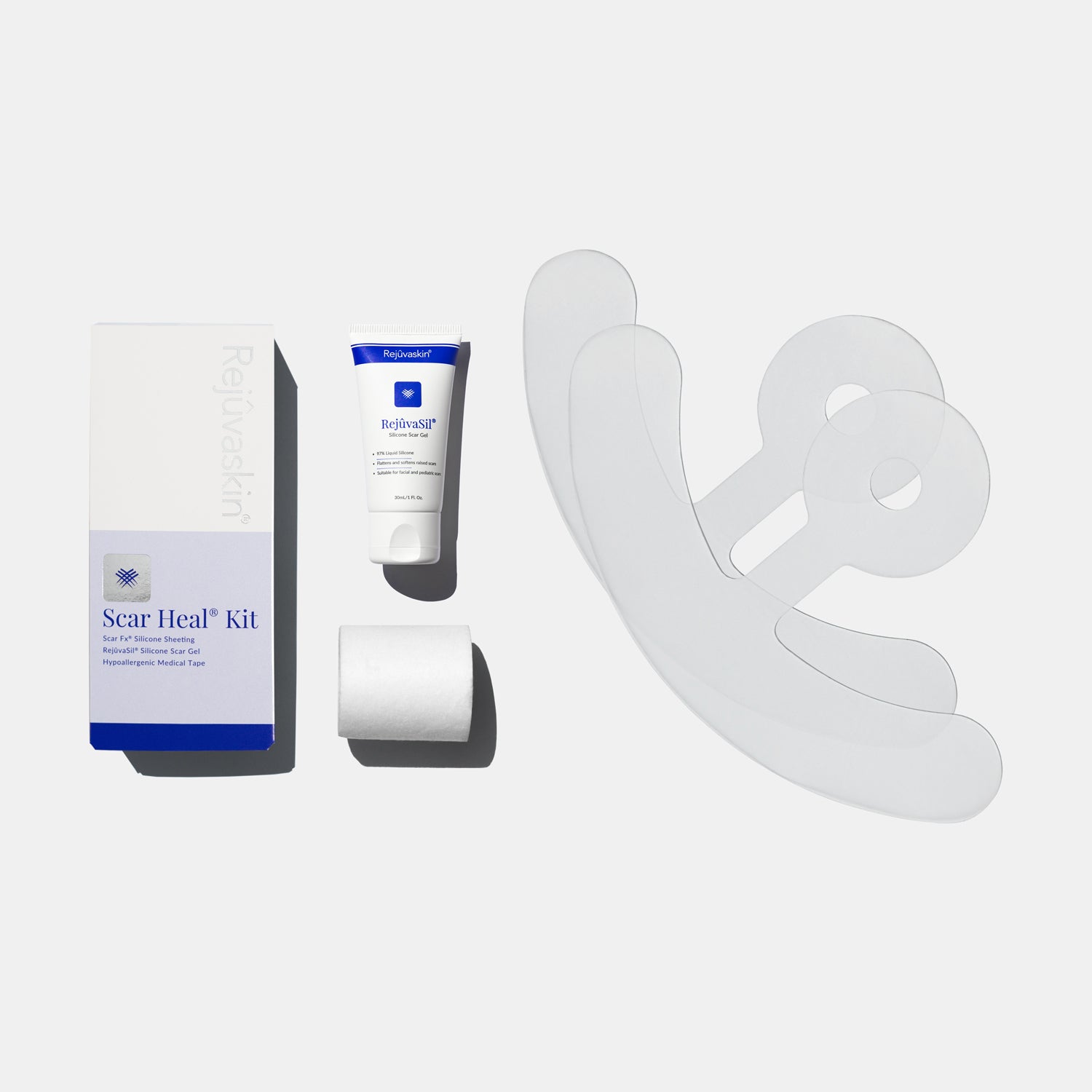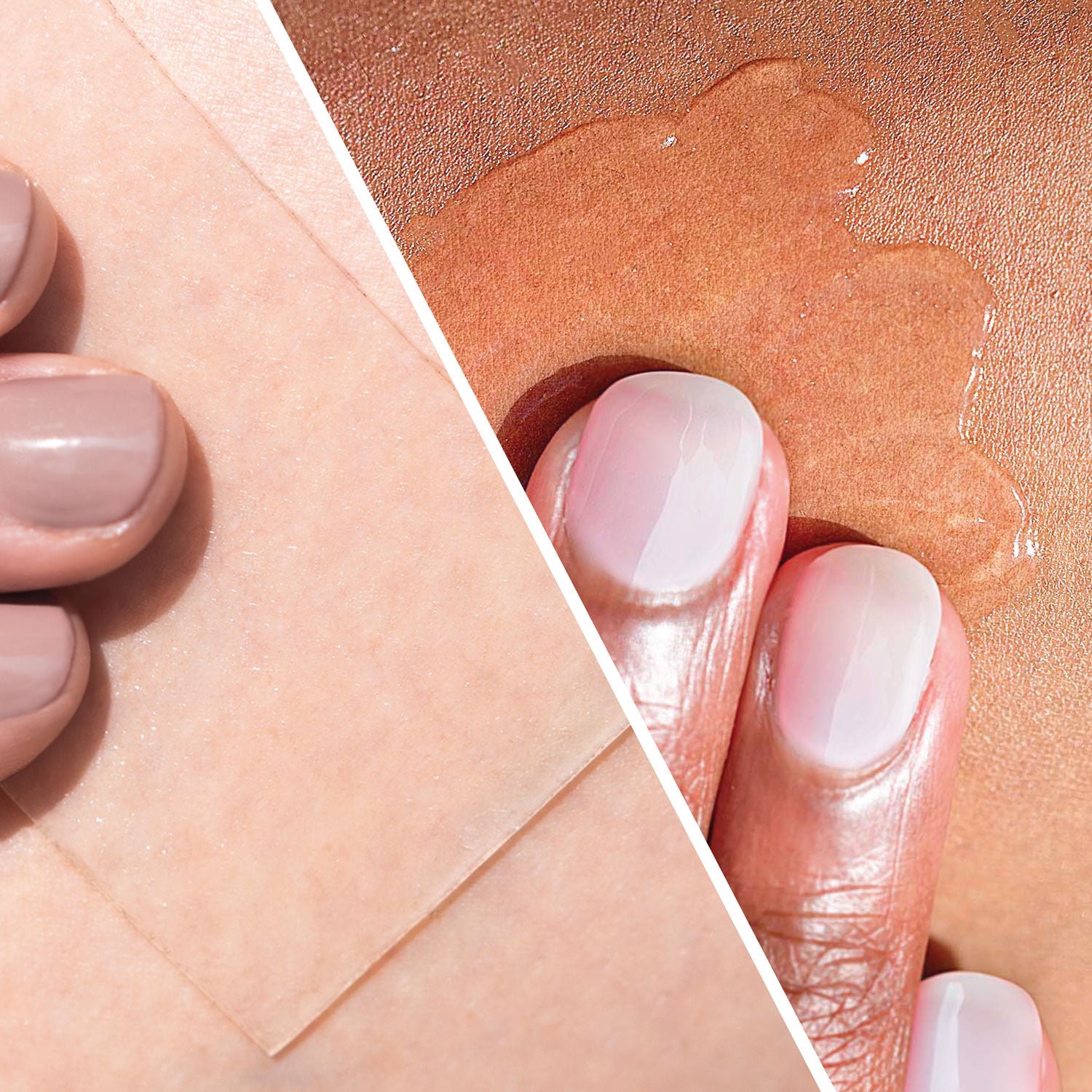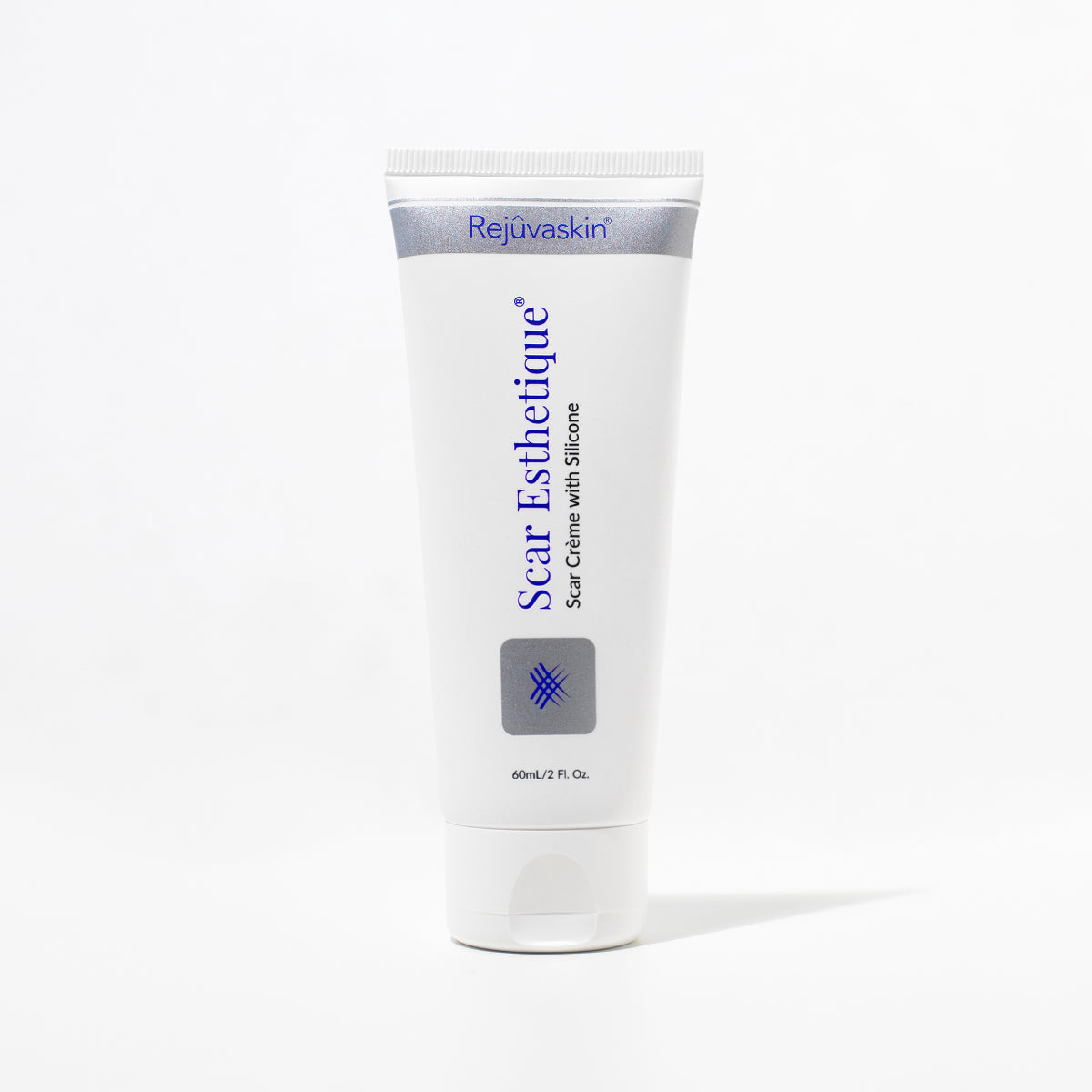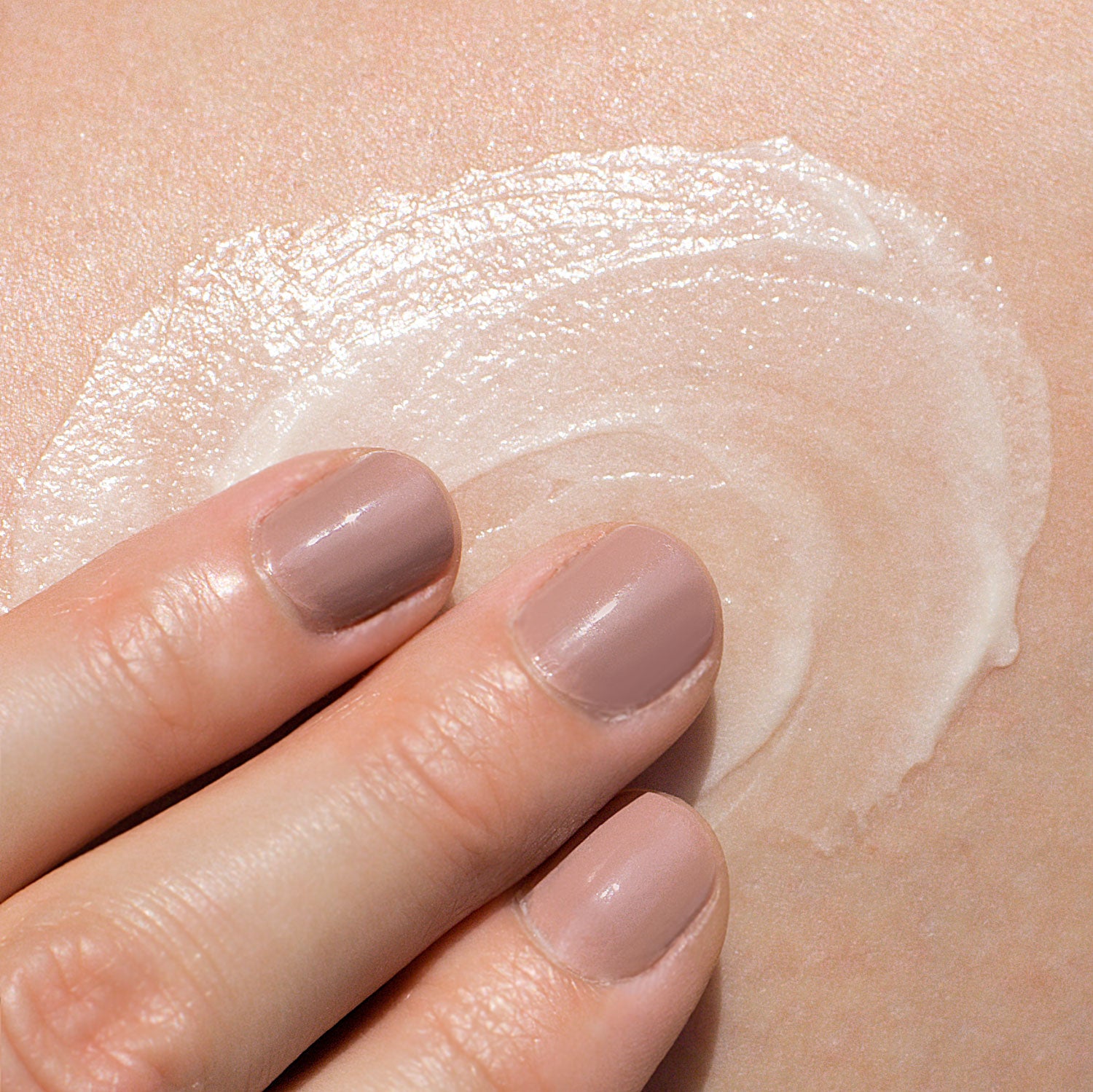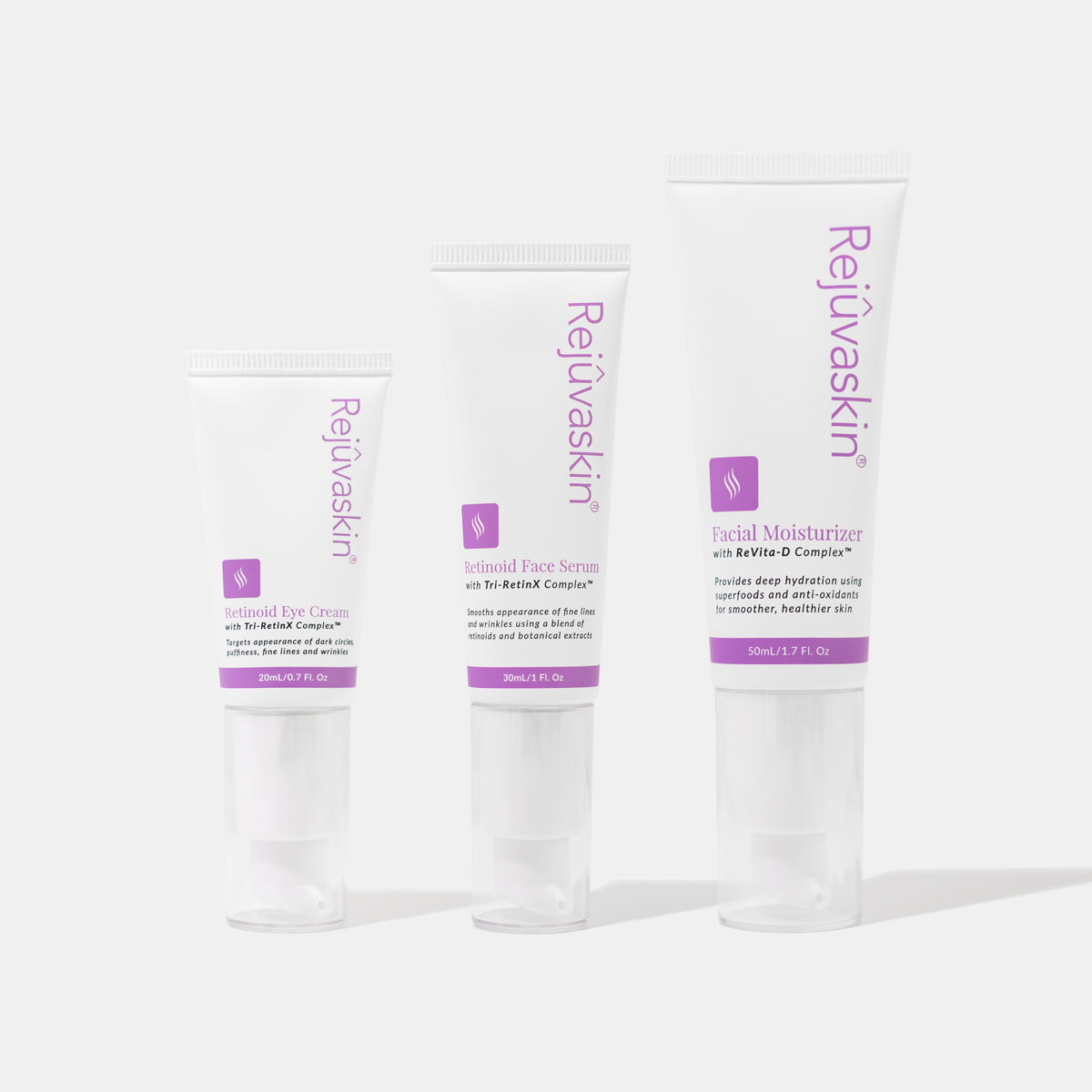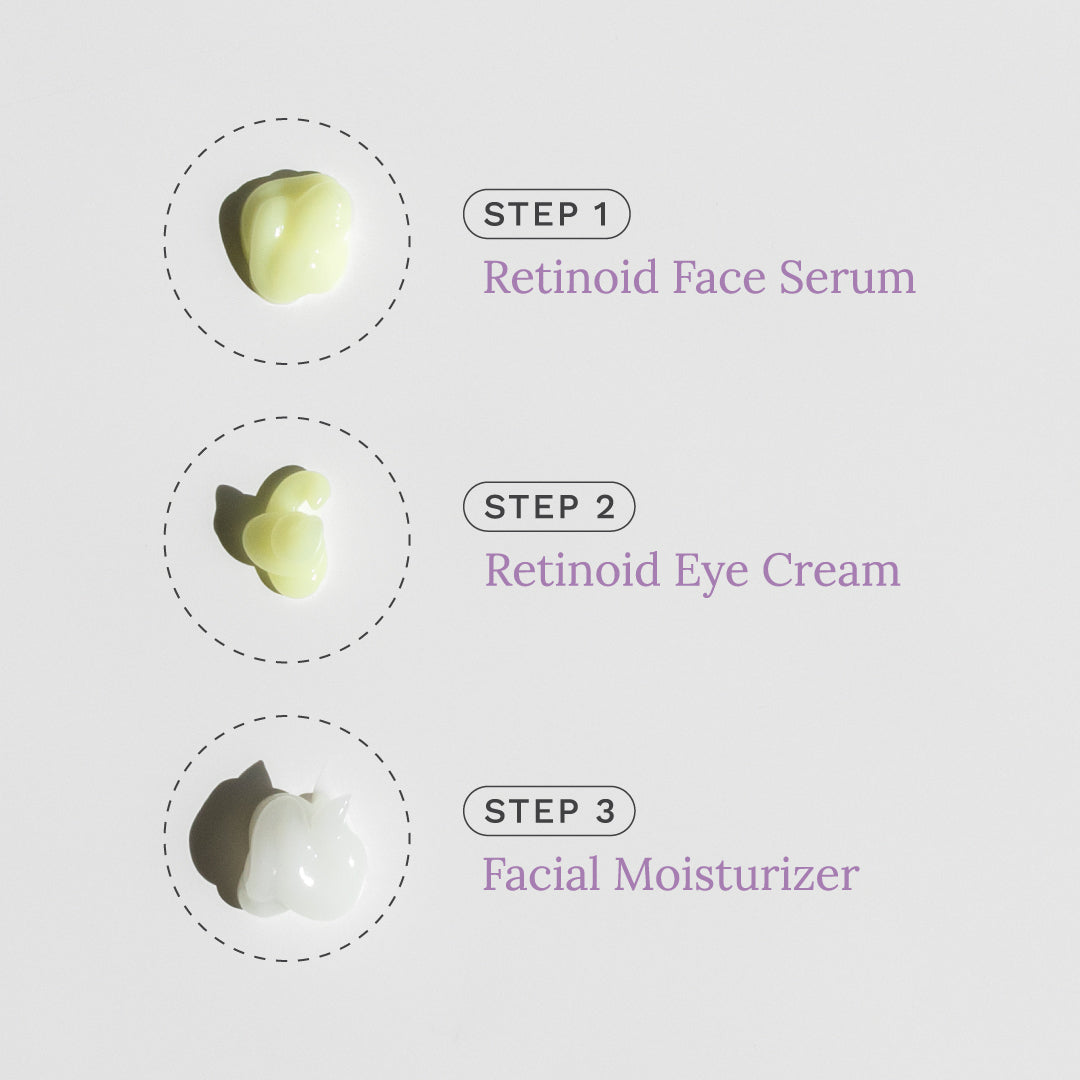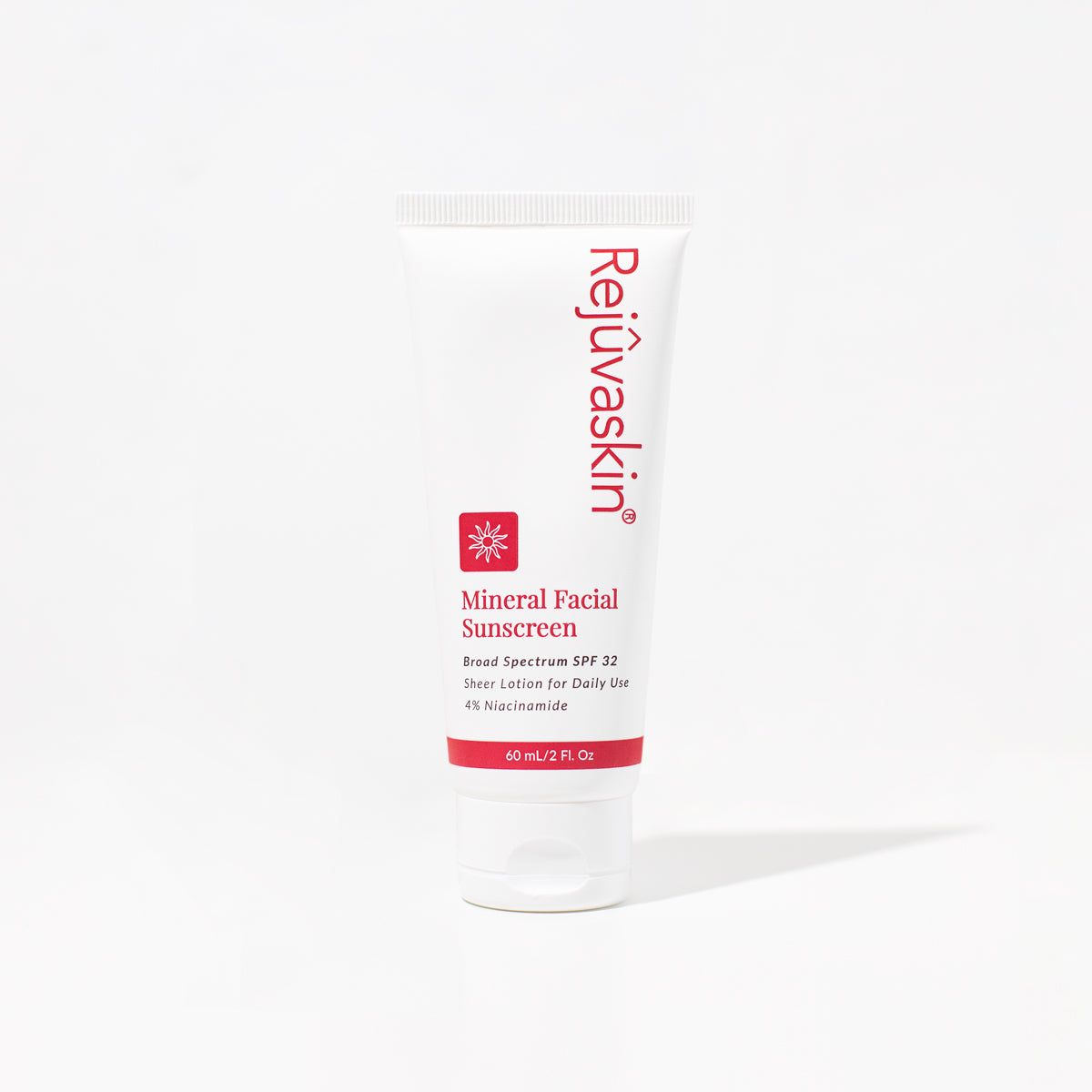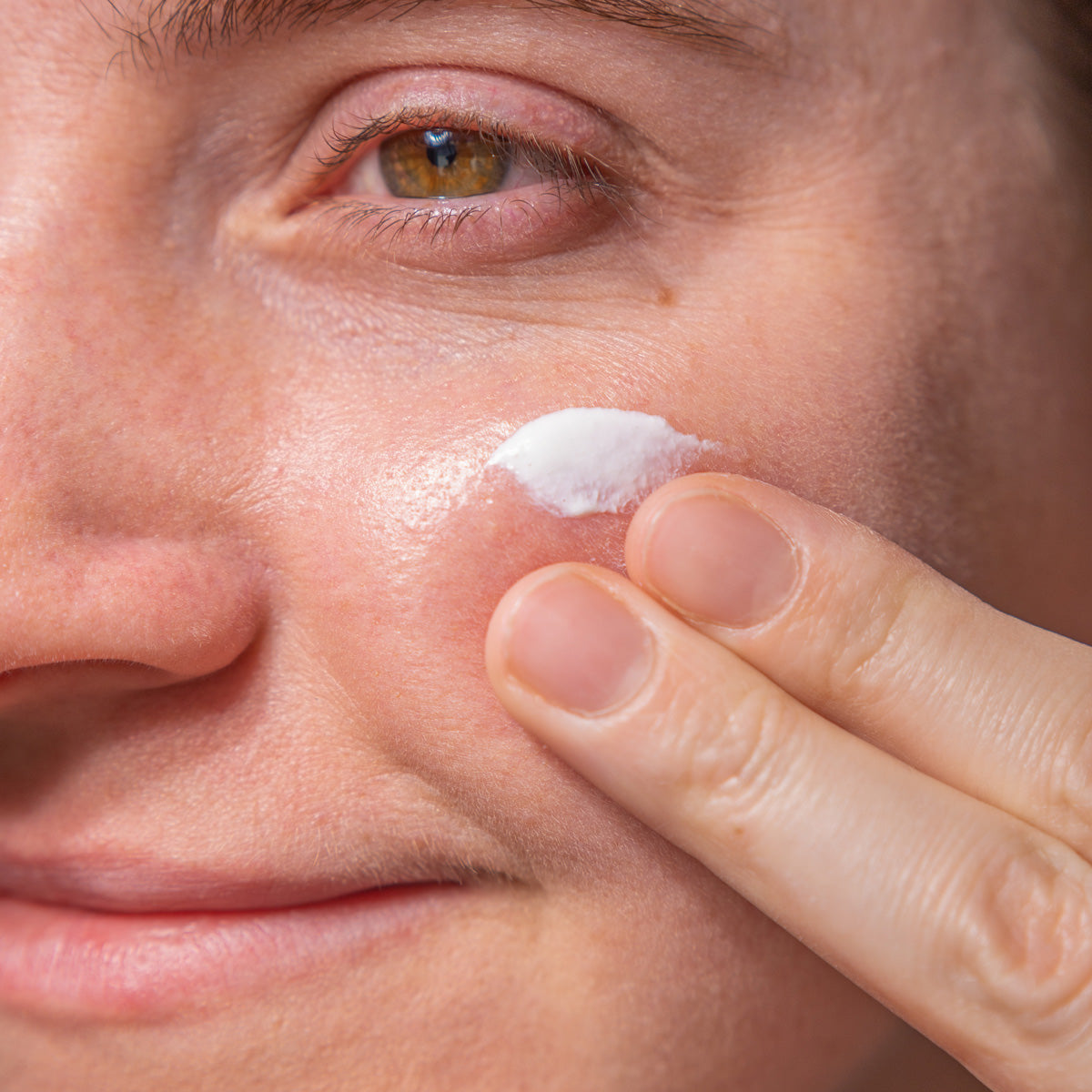Ultraviolet light, also known as UV light and UV radiation, is a type of energy in the light spectrum that cannot be seen by humans. This energy is emitted by the sun and travels almost 1 billion miles to make it to our planet. On its journey to us, a portion of UV light is captured by the atmosphere, blocking it from reaching the surface.
In today’s blog, we’ll take a look at some common questions: what are the types of UV rays? and why are UV rays harmful? We’ll also cover some UV protection tips that you can put into practice this summer!
What Are the Types of UV Rays?
Let’s dig a little deeper into the different types of UV rays, and how they affect your skin.
UVA
Wrinkles, skin aging, and rarely skin cancer
UVA radiation is the only type of UV light that makes it through the ozone layer largely uninhibited. UVA radiation is, by far, the least dangerous form of UV light; however, it can still cause issues if overexposure persists. UVA radiation is the light that is responsible for the “immediate” tanning that occurs when you are out in the sun or in a tanning bed, and UVA radiation reaches deep into the skin一 all the way to the dermis. This light makes up about 95% of the UV radiation that reaches the Earth’s surface.
UVB
Causes skin cancer and skin aging
UVB radiation is the form of UV light that most dermatologists warn patients of. UVB light only reaches the epidermis, where, in worst-case scenarios, it can break down the DNA. If the proper genes are affected, skin cancer will develop. When these cells replicate, they can grow into a tumor. This skin damage also leads to a breakdown in the skin’s ability to produce collagen and elastin, leading to increased rates of skin aging. This type of radiation can also be found in most tanning beds.
UVC
Skin ulcers, skin aging, skin cancer
This type of radiation doesn’t usually make it down to the Earth’s surface. These rays have very high energy content and are blocked by the ozone layer, a layer of O3 molecules high up in the atmosphere. If UVC radiation ever did permeate the ozone layer, it would be absorbed by the very first layer of skin一 the dead skin layer. While UVC radiation is not a concern out in nature, it technically could cause skin cancer and accelerated skin aging, just like UVA and UVB radiation do.
Why Are UV Rays Harmful?
They Can Cause Mutations
As we discussed above, UVB radiation can cause serious mutations in your skin cells if they are left unprotected. The body’s immune system will usually eliminate these cells before they become a problem, but some do slip through the cracks. When mutations like those that affect tumor suppression genes occur, the cell cannot self-regulate and will divide out of control.
They Can Damage Skin Integrity
We also covered the fact that UV radiation physically damages the skin. When the skin is subjected to UV radiation of any type, a breakdown in the structural components of the skin occurs. UV light affects critical components like collagen, elastin, and glycosaminoglycans (GAGs). When the skin’s structural building blocks are broken down repeatedly, wrinkles and premature aging occur.
They Burn Your Skin
Aside from all of these long-term complications, sunburns are generally unenjoyable. It can take several days for a sunburn to heal completely, and pain, peeling, itching, and seeping can occur in the meantime. You’ll know that you didn’t protect your skin well enough if you get a sunburn!
They Can Damage Your Eyes
Not only is your skin at risk, but the delicate cells in your eye are also at risk. In serious cases, macular degeneration and cataracts can even form as a result of sun damage to the eye.
UV Protection Tips
The best course of action, of course, is to protect your skin and eyes from the sun’s harmful rays. You can do this in a number of ways, and it’s often best to combine solutions for the best outcome. Some options include:
- wearing wide-brimmed hats
- sunglasses
- long-sleeve clothing (linens are breathable and keep you cool)
- sunscreen
It’s also important to check your skin regularly for abnormal lumps and moles, and visit a dermatologist at least once a year for a professional skin check.
Using a combination of these tips will ensure that you have happy, healthy skin for years to come.
